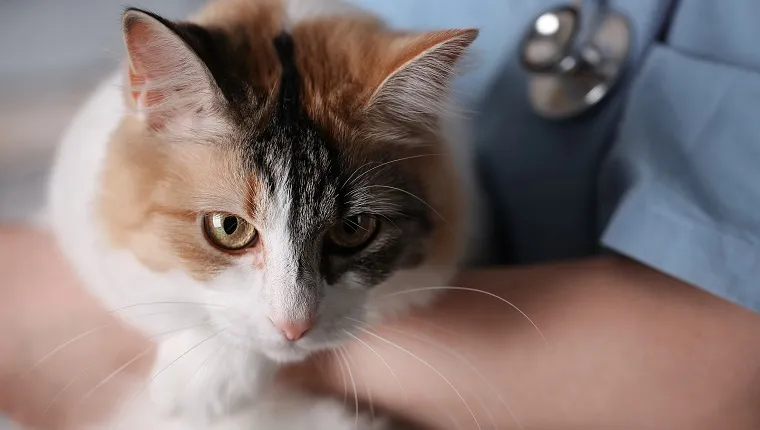Hey there, feline friends and pet parents! We’re about to dive into the world of Clindamycin, an antibiotic that can be a lifesaver for our furry companions. So, whether your cat’s been prescribed Clindamycin, or you’re just curious about it, let’s explore what you need to know in a way that’s as fun and informative as chasing a laser pointer.
What Is Clindamycin?
The Antibiotic Marvel
Clindamycin is an antibiotic medication that belongs to the lincosamide class. It’s like a superhero when it comes to fighting bacterial infections in cats. From skin and dental issues to more serious infections, Clindamycin can be the hero your cat needs.
When and Why Is It Used?
Clindamycin is used to treat various bacterial infections in cats. Your vet may prescribe it for:
- Skin Infections: Those pesky skin infections caused by bacteria? Clindamycin can help clear them up.
- Dental Problems: If your cat has a toothache or gum infection, Clindamycin can be a powerful ally in the fight against oral bacteria.
- Deep Tissue Infections: For more serious infections that penetrate deep into tissues, Clindamycin can be a critical part of the treatment plan.
Dosage and Administration
Trust Your Vet’s Prescription
The dosage and administration of Clindamycin should always be directed by your veterinarian. They’ll consider your cat’s specific condition and weight to determine the right dose and duration of treatment. So, stick to the prescribed plan, and don’t improvise!
Forms of Clindamycin
Clindamycin can be administered in various forms, including oral capsules, liquid suspensions, and sometimes even as an injectable medication. The form your vet prescribes will depend on your cat’s needs and what they find most palatable.
Potential Side Effects
Tummy Troubles
Clindamycin is generally well-tolerated by cats, but like any medication, it can have side effects. The most common side effect is gastrointestinal upset, including vomiting or diarrhea. If your cat experiences severe or prolonged side effects, contact your vet.
Allergic Reactions
In rare cases, cats can have allergic reactions to Clindamycin. Look out for signs like difficulty breathing, facial swelling, or hives. If you notice any of these, seek immediate veterinary assistance.
Expert Insights and Recommendations
Veterinary Perspective
Veterinarians are your go-to source for information on Clindamycin. They will carefully assess your cat’s condition and prescribe the appropriate treatment plan, including the right dosage and duration.
Government Bodies
Government agencies like the FDA emphasize the importance of using antibiotics like Clindamycin responsibly and according to veterinary guidance to minimize antibiotic resistance.
Wrapping It Up
So there you have it, folks! Clindamycin is a powerful tool in the fight against bacterial infections in our beloved feline friends. Just remember, always follow your vet’s advice, keep an eye out for any potential side effects, and your cat will be back on their paws in no time.
And now, your cat’s antibiotic adventures can be as smooth as a catnap in the sun. Keep your kitty healthy and happy!
- Best Datanyze Alternatives for 2025 - April 19, 2025
- Best Leadfeeder Alternatives for 2025 - April 18, 2025
- Best LeadScrape Alternatives for 2025 - April 18, 2025



